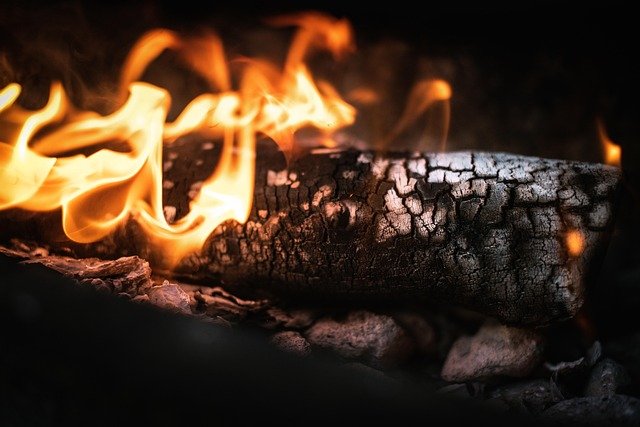The Timeless Appeal of Wood Burning Stoves: Warmth, Comfort, and Efficiency
A wood burning stove is more than just a heating appliance; it's a centerpiece that brings warmth, ambiance, and a touch of rustic charm to any home. As energy costs continue to rise and homeowners seek sustainable heating options, wood burning stoves have experienced a resurgence in popularity. These versatile heating systems offer an efficient and cost-effective way to keep your home cozy while reducing reliance on traditional heating methods.

Wood burning stoves also burn fuel more completely, resulting in less smoke and fewer emissions. This not only makes them more environmentally friendly but also reduces the amount of wood needed to heat your space. Additionally, modern wood stoves are equipped with advanced features like air wash systems that help keep the glass clean, allowing you to enjoy the fire’s beauty without constant maintenance.
How do wood burning stoves contribute to home heating efficiency?
Wood burning stoves are incredibly efficient heating sources, often capable of heating large areas of a home with minimal fuel consumption. The key to their efficiency lies in their design. Most modern wood stoves feature a double or triple burn system that reignites gases and particles that would otherwise escape up the chimney, extracting maximum heat from each piece of wood.
Many models also incorporate heat shields or fans to distribute warm air more effectively throughout your living space. This targeted heating approach can lead to significant energy savings, especially in open-plan homes or properties with high ceilings. By using a wood burning stove as a primary or supplementary heat source, homeowners can reduce their reliance on central heating systems and potentially lower their overall energy bills.
What factors should you consider when choosing a wood burning stove for your home?
Selecting the right wood burning stove for your home involves several considerations. First, assess the size of the area you want to heat. Stoves are rated by their heat output, typically measured in British Thermal Units (BTUs). A professional can help you determine the appropriate BTU rating based on your room dimensions and insulation levels.
Next, consider the style and design that best complements your home’s interior. Wood burning stoves come in a variety of aesthetics, from traditional cast iron models to sleek, contemporary designs. The stove’s placement is also crucial, as it needs to be installed in a location that allows for proper ventilation and heat distribution.
Efficiency ratings are another important factor. Look for stoves certified by the Environmental Protection Agency (EPA), which ensures they meet strict emission standards. Additionally, consider features like ash pans for easy cleaning, air wash systems for clear glass, and the ability to accept different wood sizes for added convenience.
How can you ensure safe operation of your wood burning stove?
Safety is paramount when operating a wood burning stove. Proper installation by a certified professional is essential to ensure that the stove is correctly positioned and that all necessary clearances from combustible materials are maintained. Regular chimney cleaning and inspection are crucial to prevent the buildup of creosote, a highly flammable substance that can lead to chimney fires.
When using your stove, always follow the manufacturer’s guidelines for fuel type and loading. Use only seasoned hardwood with a moisture content of 20% or less to maximize efficiency and reduce emissions. Install carbon monoxide and smoke detectors in your home, and keep a fire extinguisher nearby. Teach all family members about safe stove operation and establish clear guidelines for its use.
What maintenance is required to keep a wood burning stove in top condition?
To ensure your wood burning stove continues to operate safely and efficiently, regular maintenance is essential. Daily tasks include removing ash and wiping down the stove’s exterior. Weekly, inspect the firebricks and replace any that are cracked or damaged. Clean the glass as needed using a specialized cleaner designed for wood stoves.
Monthly, check the door gasket for signs of wear and replace it if necessary to maintain a proper seal. Annually, have your chimney and stove professionally inspected and cleaned. This not only ensures safety but can also improve your stove’s performance and longevity.
During the off-season, store your firewood properly to ensure it’s dry and ready for the next heating season. Consider using a moisture meter to check wood before burning, as properly seasoned wood is key to efficient and clean burning.
Wood burning stoves offer a unique combination of efficiency, comfort, and charm that can transform your home heating experience. By choosing the right stove, operating it safely, and maintaining it properly, you can enjoy the warmth and ambiance of a wood fire while potentially reducing your heating costs and environmental impact. Whether as a primary heat source or a cozy supplement to your existing system, a wood burning stove can be a valuable addition to any home.






